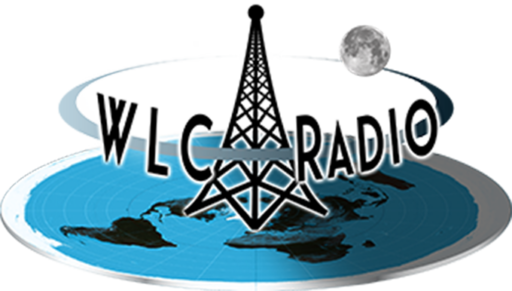Question: How exactly can we find the
correct vernal equinoctial point at our location?
Answer: At the Fall equinox, the sun rises due east and sets due west. Immediately following the Fall equinox, the sun apparently begins moving south, rising and setting further south each day, until it reaches the most southern point in its circuit at the Winter solstice. Immediately following the Winter solstice, which is the shortest day of the year for those living north of the equator*, the sun apparently begins moving back towards the north. On the day of the Spring equinox, the sun will again be perfectly aligned with the equator. On this day, the sun will again rise due east and set due west; day and night will essentially be the same length, each consisting roughly of 12 hours. It is only after this point that that the daylight hours will begin to outweigh the dark hours (for those living north of the equator*), and the sun can be rightfully said to have begun a new circuit, or revolution.
How to identify the equinox without computers etc.
To identify either equinox, find a smooth open space away from shadows and erect a stake 3-6 feet tall with a point at the top. At one end of a piece of string 6-8 feet long, tie a loop big enough to fit loosely around the base of the stake. Stretch the string to make a straight line due west of the stake and anchor it in place. When the point of the shadow at the top of the stake falls exactly on the line, that day is the equinox. (Note: This method becomes progressively less reliable the farther you move from the equator.)
* The shortest day of the year for those living south of the equator occurs when the sun’s circuit reaches its northern most point, which generally occurs around June 21. This is the winter solstice for those living south of the equator, but it is the summer solstice for those living north of the equator.
* The longest day of the year for those living south of the equator occurs when the sun’s circuit reaches its southern most point, which generally occurs around December 21. This is the summer solstice for those living south of the equator, but it is the winter solstice for those living north of the equator.


Comments